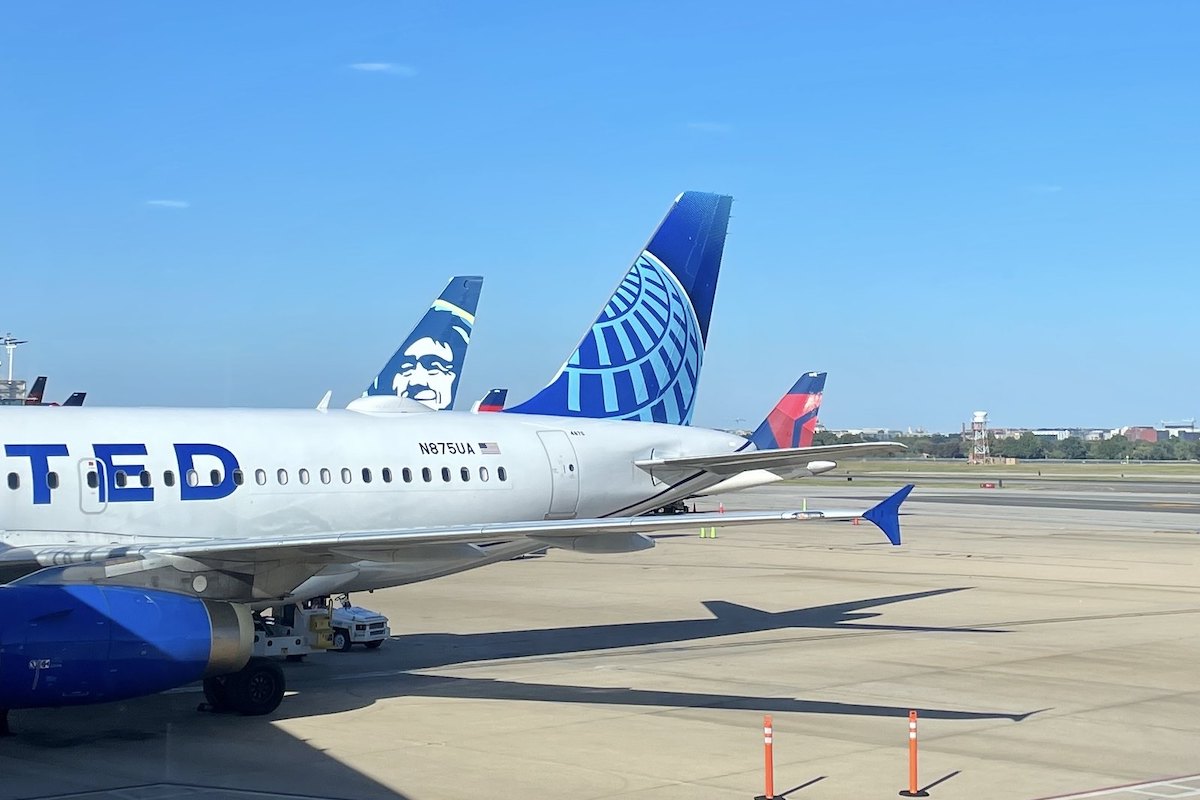U.S. Airlines Now Balancing Strong Ticket Sales With Escalating Costs

Photo Credit: Airline Weekly / Edward Russell
U.S. airlines are enjoying strong demand and ticket sales, a recent analysis by trade group Airlines for America (A4A) found. But they also face significant inflationary pressures across most key cost categories that could put a damper on earnings.
Delta Air Lines and United Airlines both highlighted this in their fourth quarter earnings. Unit revenues, measured by total revenues per available seat mile (TRASM), increased 19 percent and 25.8 percent, respectively, in the period compared to 2019. But unit costs, measured by costs per available seat mile (CASM), excluding fuel were also up dramatically: 13 percent at Delta and 11 percent at United.
"There's no question there's been an industry reset on costs," United Chief Financial Officer Gerry Laderman said during the airline's earnings call on Wednesday. But strong travel demand and constrained industry capacity are allowing United and other airlines to charge higher fares — as seen in its TRASM numbers — and recapture those additional expenses.
Skift highlighted the challenge airlines face this year balancing strong revenues with quickly rising costs as one of its 2023 Megatrends.
Air traffic constraints were a defining feature of the industry last year. Aircraft delivery delays and understaffing across the sector often forced carriers to cut schedules throughout the year. Ultimately, U.S. airports handled 10 percent fewer passengers in 2022 than in 2019, according to A4A in its state of the industry report, citing checkpoint data published by the Transportation Security Administration (TSA). While leisure travel has fully recovered from the pandemic plunge, corporate travel and longhaul international travel have not.
But, more importantly, total U.S. airline revenues now exceed their pre-pandemic levels, or did during the first nine months of 2022, anyway. Total revenues for the period were up 5 percent from three years earlier, thanks to higher average fares and strong gains in “other” revenue including inflight and mileage sales, A4A found. Cargo saw strong revenue growth during the pandemic as well.
Total revenues last year were up 8 percent compared to 2019 at Delta, and 4 percent at United.
On the other hand, U.S. passenger airlines saw their operating costs spike 15 percent. Labor and fuel costs both saw jumps of nearly 30 percent relative to the first three quarters of 2019, according to A4A. Including non-operating expenses including interest on debt, the organization estimated that industry unit costs are now 28 percent above their pre-pandemic levels. This increase in input costs, along with “resource constraints,” help explain why the U.S. airline industry remains smaller, relative to U.S. economic activity, than it was before the crisis.
Even so, employment at U.S. passenger airlines has reached its highest level in 20 years. Carriers have aggressively rehired to meet the revival in demand that began last spring. One key challenge for the industry will be improving workforce productivity, which can be measured with ratios like seat miles flown to full-time equivalents on payroll. A4A highlighted other challenges as well, not least the “massive debt accumulated in the first two years of the pandemic.” Debt and interest expense, it said, “will remain elevated through at least 2024.”
On the travel demand side, international markets remain far off their 2019 benchmark. In 2022, U.S.-international air passengers were 23 percent below 2019 levels. A few Latin American markets like Columbia, Mexico, the Dominican Republic, and Costa Rica saw gains. But this was offset by dramatic declines from Asia — passenger volumes between the U.S. and China plummeted 98 percent. The decline for Japan was 68 percent. As for corporate traffic, volumes were 30 percent off their 2019 levels last year, and have “plateaued” in recent months. One growing concern for U.S. airlines is that the economy could enter a recession that drives companies to cut their travel budgets.
A4A separately highlighted some major U.S. airports where scheduled capacity this quarter — January-to-March 2023 — is significantly above where it was during the same quarter of 2019, based on data from Diio by Cirium. Leading this list are Austin, Nashville, Kahului, Charleston, S.C., and San Juan. On the other side of the ledger are Milwaukee, Philadelphia, Los Angeles, San Francisco, Los Angeles, and hurricane-hit Fort Myers, all with steep capacity declines.
